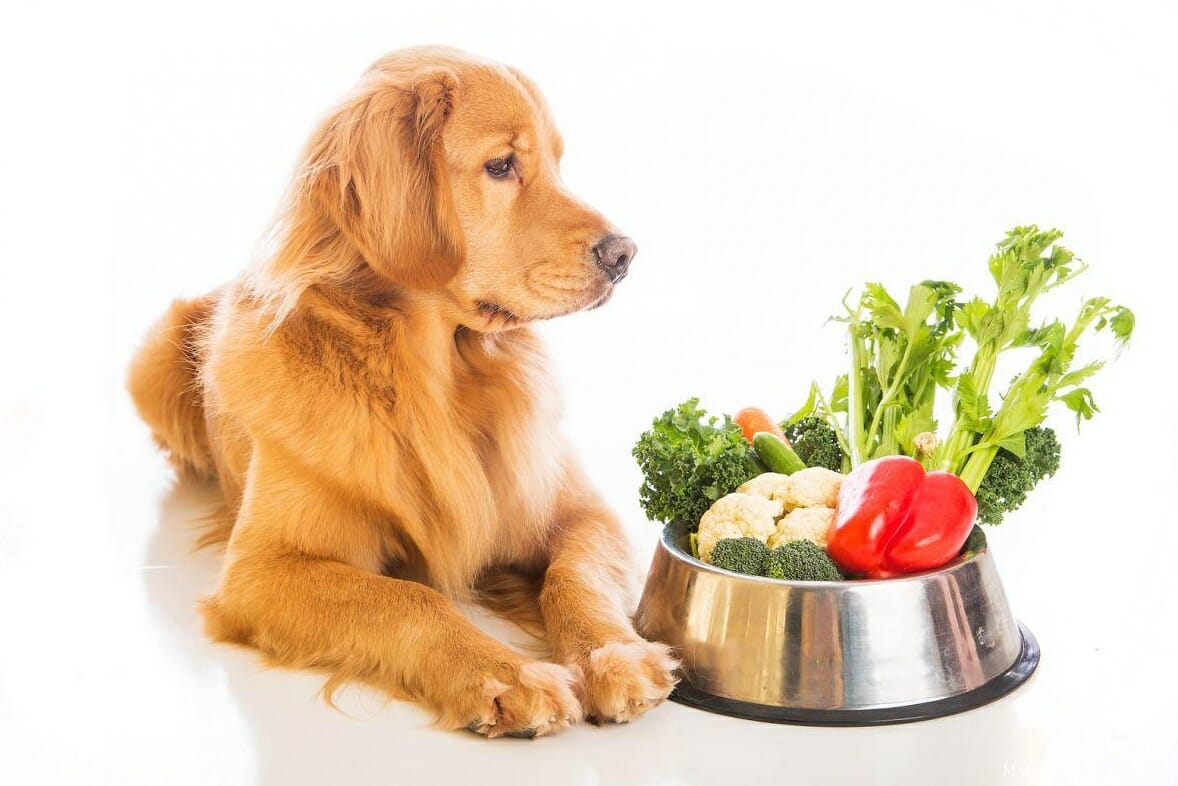Dogs are naturally opportunistic eaters, meaning they will eat as much as they can whenever food is available. Most dogs will overeat in one sitting, then fast the next few meals because their body has had enough for now. This is a natural behavior that does not cause them any long-term harm, but it does leave owners with the challenge of figuring out how to get their dogs to eat on a routine, healthy schedule.
Thankfully, working out the kinks of getting your dog to have set mealtimes isn’t as hard as it sounds. Dogs crave routine and structure; they just respond poorly when we humans fail to provide it or lack consistency.
As with many things, most dogs are readily trainable if we start with what comes naturally to them. Even the right dog bowls can encourage good feeding habits. By implementing some simple tips regarding how and when you feed your dog, you can help them maintain balanced meal times while also keeping them happy and stress-free.
Don’t Give in to Demand Eating
A dog who is allowed to eat whenever they want will likely have irregular mealtimes and suffer from obesity. Humans tend to think it’s caring to let a dog eat when they demand it, but they fail to realize dogs will eat what they want, when they want. This causes them to consume more calories than they need, which leads to obesity.
Obesity leads to a host of health problems, including diabetes, heart disease, joint inflammation, and cancer. Keeping your dog on a regular eating schedule can help prevent obesity and the resulting health issues. Not only does it give you control over how much and when your dog eats, but it also helps to regulate their blood sugar and insulin levels, which can help to prevent diabetes.
Set a Consistent Meal Time
A regular meal time is the best way to keep your dog on a healthy diet. You’ll want to give your dog two meals per day, at the same times each day. A healthy diet will have a certain ratio of fat to protein to fiber.
This ratio varies depending on your dog’s age, weight, and activity level, so talk to your vet to determine what’s best for your dog. For puppies, aim to have three to four smaller meals each day, rather than two larger ones. This will help them to regulate their blood sugar and prevent the development of diabetes.
Don’t Forget the Snack
Even though you’ll be feeding your dog two meals per day, you shouldn’t forget about snacks. While you don’t want to provide your dog with too many calories, you also don’t want to underfeed them, as this can lead to malnutrition.
There are numerous reasons why you might want to feed your dog a few snacks throughout the day. If your dog has a very active lifestyle and burns a lot of calories, or if your dog has a condition like diabetes, which requires them to eat small frequent meals, you’ll want to feed them a few snacks throughout the day.
Make Meals Meaningful
While you should be feeding your dog a nutritious diet, it’s also important to spend time with them while they’re eating. Eating can be a time-consuming process for a dog and they may not get as much attention as they crave while they’re chowing down.
You can make meals more meaningful for your dog by giving them more attention while they’re eating. This can be as simple as playing with them afterward, giving them a cuddle, or talking to them while they eat. This will help to keep your dog calm and relaxed and provide positive reinforcement.
What If My Dog Doesn’t Want to Eat?
While we may think of our dogs as bottomless eating machines, sometimes they have the opposite problem. If your dog isn’t eating, the problems may include:
Illness
Check in with your vet if your dog isn’t eating and you’re noticing other potential symptoms of illness
Mouth Pain
If your dog has loose teeth or oral sores, they may shy away from eating simply because it hurts too much
Vaccinations
While vaccinations are a must-have, sometimes there are temporary side effects such as loss of appetite
Stress
If your dog is a homebody, they may feel stressed about traveling or being in unfamiliar surroundings and avoid eating
Behavior Problems
This may be something as simple as not liking the smell of their plastic bowl or how it doesn’t stay put when they’re eating or drinking
Chow Time
While it might take a bit of work (and some willpower on your part to not give in), getting your dog onto a healthy eating schedule can only lead to a better, longer life for your dog. Who doesn’t want that?




